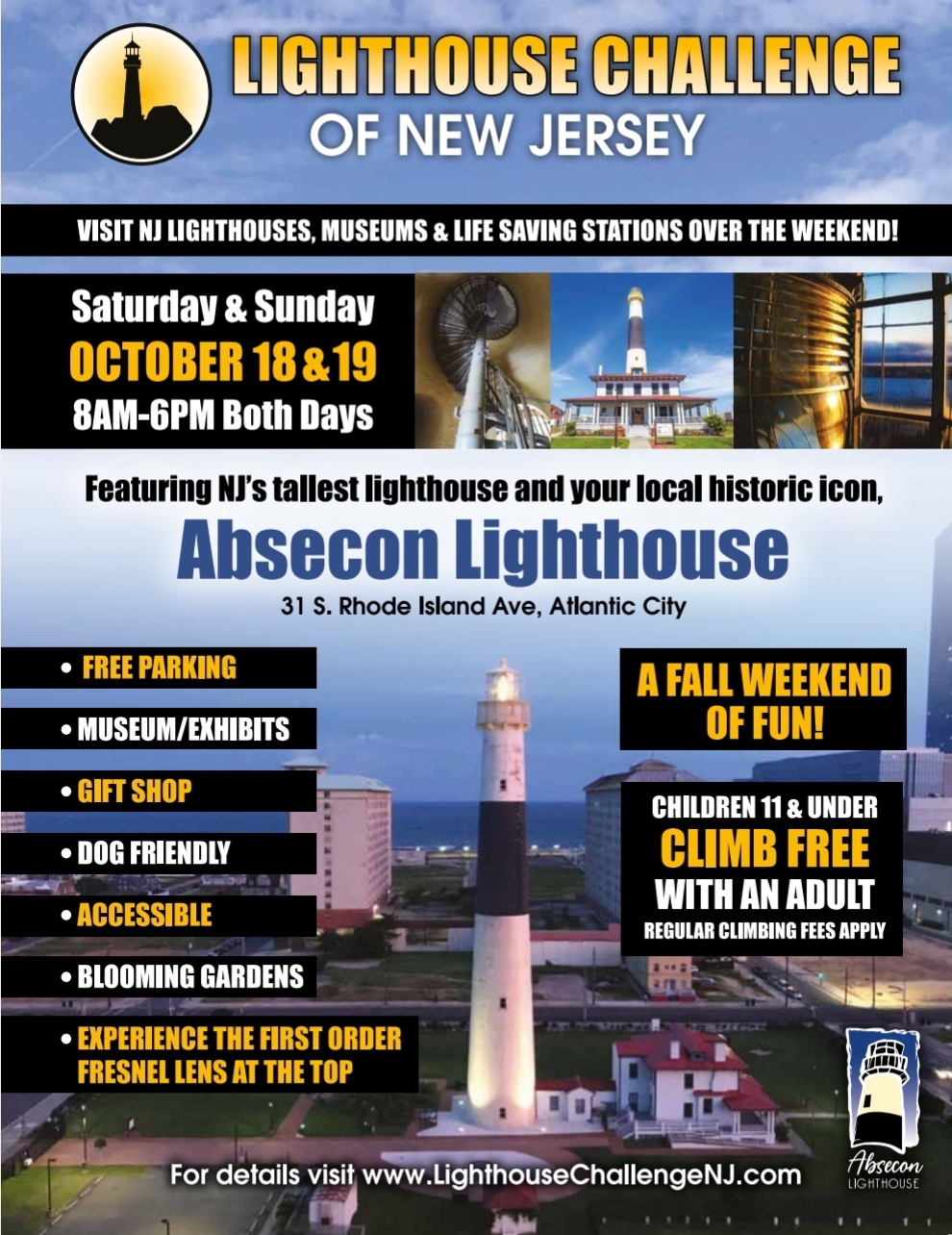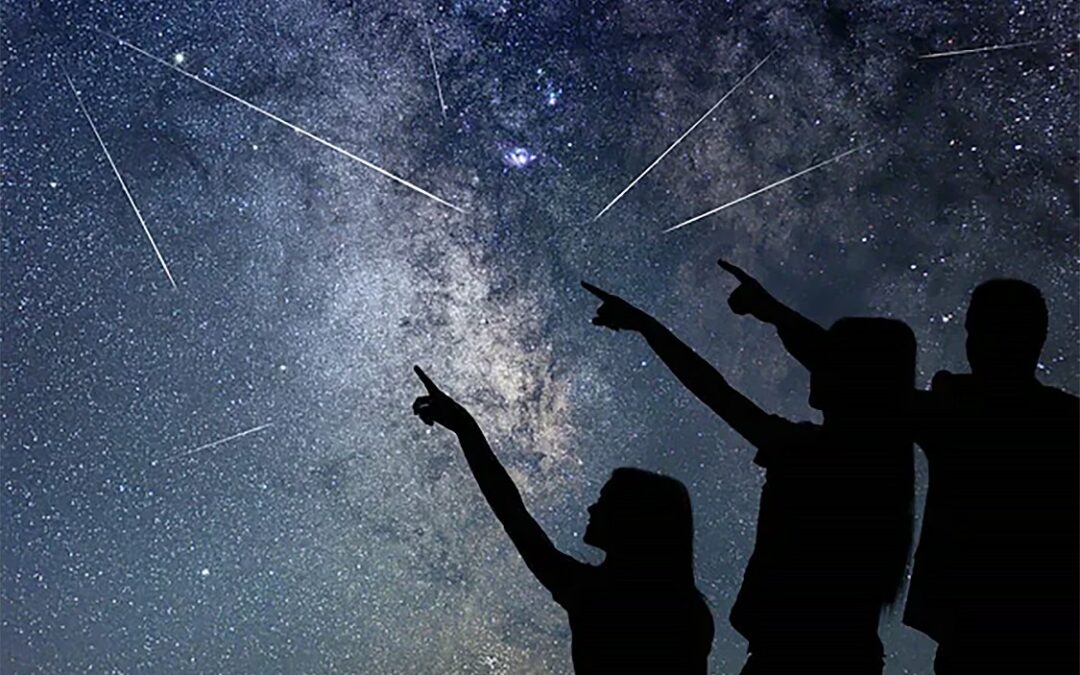Have you ever intentionally watched a meteor shower? Meteor showers dazzle the night skies and are one of the most spectacular experiences and cosmic gifts! There are many meteor showers that occur around the same dates every year, with usually one or two days of peak dazzle. Meteor activity can be spotted several days before and after the peak periods too. The scales have recently tipped to longer nights, which means more time to enjoy the stars and the night sky. The best places to see more stars and meteors are areas with low light pollution. Here are my top five places in Atlantic County to enjoy meteor showers, as well as upcoming showers and viewing tips.
Edwin B. Forsythe National Wildlife Refuge, Galloway
Edwin B. Forsythe National Wildlife Refuge is a gem for any nature enthusiast, especially for migratory bird sightings. It features over 48,000 acres of protected land and waterways. This tremendous amount of both land and water not only conserves nature, but it also eliminates light pollution. The parking area, the paths around the Visitor Information Center, and the Wildlife Drive entrance road are the best viewing spots at Forsythe. The park is closed from sunset to sunrise, so getting out onto Wildlife Drive isn’t possible, but getting as close to the gate as possible will provide the best unobstructed views. Be sure to check for any restrictions before heading out. Important information can be found on their website.
North Brigantine Natural Area, Brigantine
The North end of Brigantine is a great spot since it’s situated south of Forsythe, extending the reduced light pollution. It’s also a protected area and an oasis away from the city lights. Pick a spot on the beach and enjoy the show above while also savoring the sounds of the ocean. There are restrictions at times depending on wildlife migrations. Check the website for important information.
Harold E. Taylor Observatory at Stockton University, Galloway
The Harold E. Taylor Observatory is located away from the main campus areas, near the intersection of Pomona Road and Duerer Street, which is another prime spot with reduced light pollution. There are clear views of the sky, and they host public viewing nights throughout the academic semesters. Check the website for additional information and to make your own reservation for free telescope time!
Birch Grove Park, Northfield
Birch Grove Park is over 200 acres, and a beautiful escape in the heart of Northfield. With open recreation areas and stretches of trails, woods, and water features, it’s an ideal spot to enjoy nature and get away from the suburban areas and lights. Additional information can be found on the city’s website.
The Longport Point/Jetty, Longport
This is the only place on Absecon Island where it’s dark enough to see lots of stars! It’s far enough away from Atlantic City and surrounded by the Great Egg Harbor Inlet and ocean. Pick a spot on the beach or cautiously venture onto the jetty itself, taking in the views and the sounds of the waves crashing on the shore and the jetty rocks.
Upcoming meteor showers and viewing tips
The fall/winter seasons are packed with meteor action. Meteor showers are named for the constellations from which they originate, and next up is the Draconids peaking on Oct. 8-9. The Draconids will occur as the moon is still relatively full, reducing meteor visibility. The second show in October is the Orionids, which will peak on Oct. 20-21. The Orionids shower will probably be more spectacular since it occurs during the new moon phase. November features the Leonids, and December features the Geminids and the Ursids. Peak times are usually during the overnight/pre-dawn hours. However, I usually plan my personal watch times in the late evenings on the peak dates, weather-dependent, of course. The website timeanddate.com is a great resource with an annual meteor shower calendar, peak activity times, viewing tips, and maps. Go to the “Sun, Moon & Space” menu and select “Meteor Showers” for a wealth of information, and be sure to enter your location at the top of the page.
There isn’t much to watching a meteor shower, besides getting comfortable and having patience. It’s best to be seated in a chair that reclines, such as a beach chair, or lying down on a towel or blanket to prevent fatigue or tweaking your neck looking up. Look around the sky, frequently shifting your gaze, and be prepared to see shooting meteors as well as those that start moving slowly and then streak across the sky. They can vary from dim and short to very bright and long tracks. It can be a slow night with only a few per hour to dozens per hour, depending on time, location, and the shower itself. The fall, winter, and spring seasons are generally better with the longer nights and clearer skies without the summer haze. Dress in layers if you plan to be out for several hours. If you live in an area with low light pollution, no need to go anywhere besides your own backyard; just remember to keep looking up in awe and wonder! Do you have your own favorite place to watch? Email your suggestions (ursaalchemy@gmail.com) and/or comment on the posts featuring this list.















